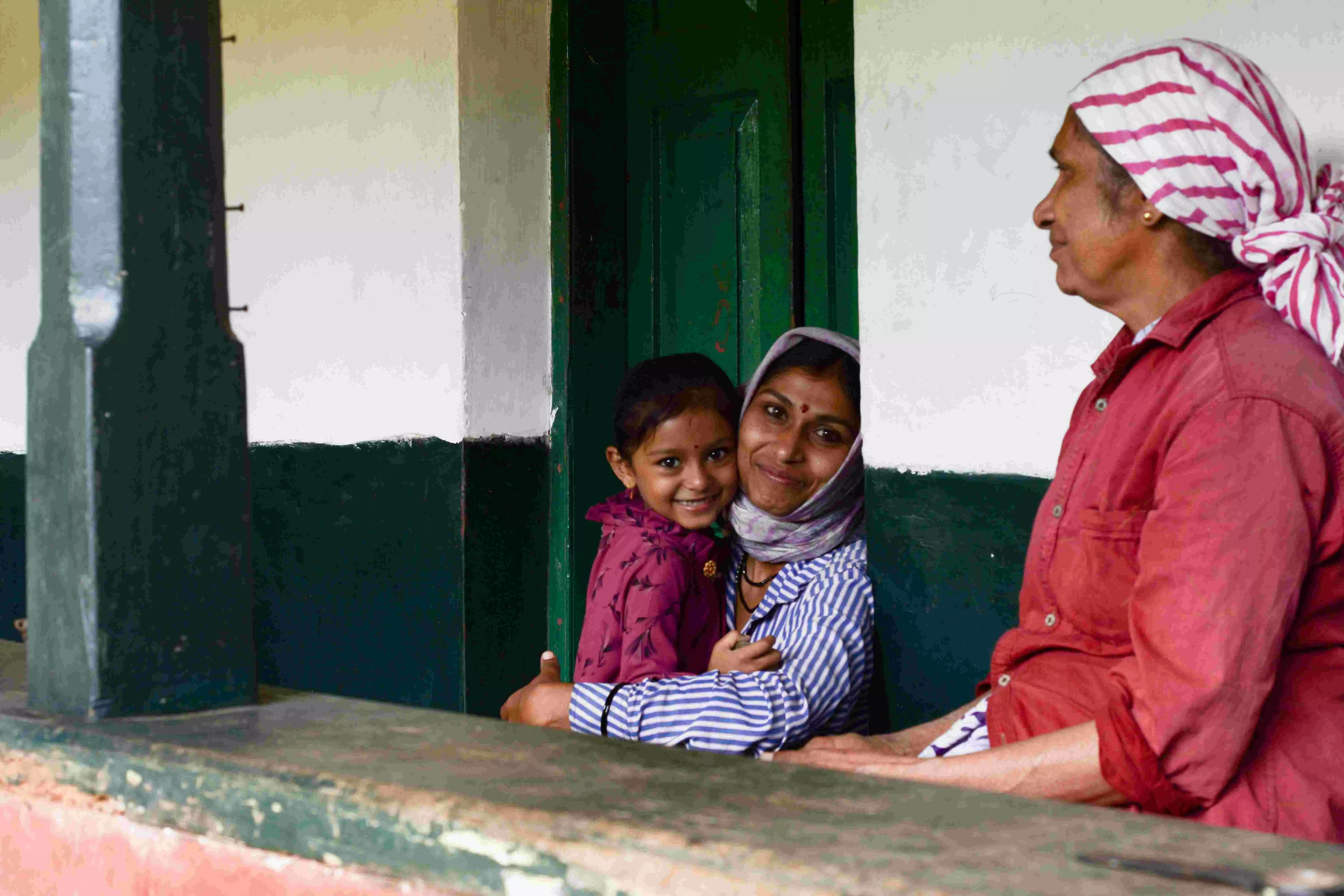Futile restrictions

The debate over population control has once again come into the spotlight with the recent Supreme Court decision upholding the two-child norm for eligibility in government jobs in Rajasthan. While this decision aligns with existing state regulations and earlier judicial pronouncements, it raises critical questions regarding individual rights, reproductive autonomy, and the effectiveness of coercive measures in population control. Prevailing in several Indian states, the two-child norm, which disqualifies individuals with more than two children from seeking government employment or running for certain elected office, has been a subject of contention for decades. Proponents argue that such policies are necessary to curb population growth, alleviate strain on resources, and promote sustainable development. However, a closer look would reveal significant flaws in this approach.
At the heart of the matter lies the violation of individual rights and reproductive autonomy. The imposition of a two-child policy infringes upon fundamental rights enshrined in the Constitution, particularly Article 21, which guarantees the right to life and personal liberty. By denying individuals the autonomy to make reproductive choices, the state undermines the very principles of democracy and freedom. Moreover, the Supreme Court's assertion that the two-child norm is founded on the objective of controlling population growth overlooks the complex socio-economic factors influencing family planning decisions. Coercive measures, such as denying government jobs based on family size, fail to address the root causes of population growth and often have unintended consequences.
History has shown that punitive measures for population control can lead to adverse outcomes, including sex-selective abortions, abandonment of female children, and violations of women's rights. Additionally, the focus on punitive measures detracts from the need for comprehensive healthcare, education, and social support systems that empower individuals to make informed choices about family planning. Furthermore, the necessity of the two-child norm for achieving population control is questionable. It may be noted that already, India's fertility rates have been declining due to factors such as improved education, economic development, and access to contraceptives. Data from the National Family Health Survey 4 (NFHS 4) indicated that India's total fertility rate dropped from 3.4 children per woman, aged 15-49 years, in 1992-93 to 2.2 children in 2015-16, and was projected to decline to 1.93 by 2025 and further to 1.8 by 2030. Importantly, these reductions are anticipated to occur without the implementation of any coercive laws. Coercive measures may only serve to exacerbate existing inequalities and perpetuate social injustices. When fertility rates fall below replacement level fertility rate, which typically stands at 2.1 children per woman on average, it implies that the existing population cannot be replenished at the current rate of population growth.
Unsurprisingly, critics of the two-child policy argue that it disproportionately impacts marginalised communities and exacerbates gender disparities. For instance, women may bear the brunt of restrictive reproductive policies, facing pressure to undergo sterilisation or unsafe abortions to comply with government regulations. Moreover, the policy fails to account for diverse family structures and cultural practices, particularly in regions where polygamy is prevalent or where families may have adopted children. Even if population control is regarded as a pressing issue in India, coercive measures are not the solution. Instead, policymakers should focus on empowering individuals through education, healthcare, and economic opportunities. Comprehensive family planning programmes that respect individual rights and choices are more likely to yield sustainable results.




